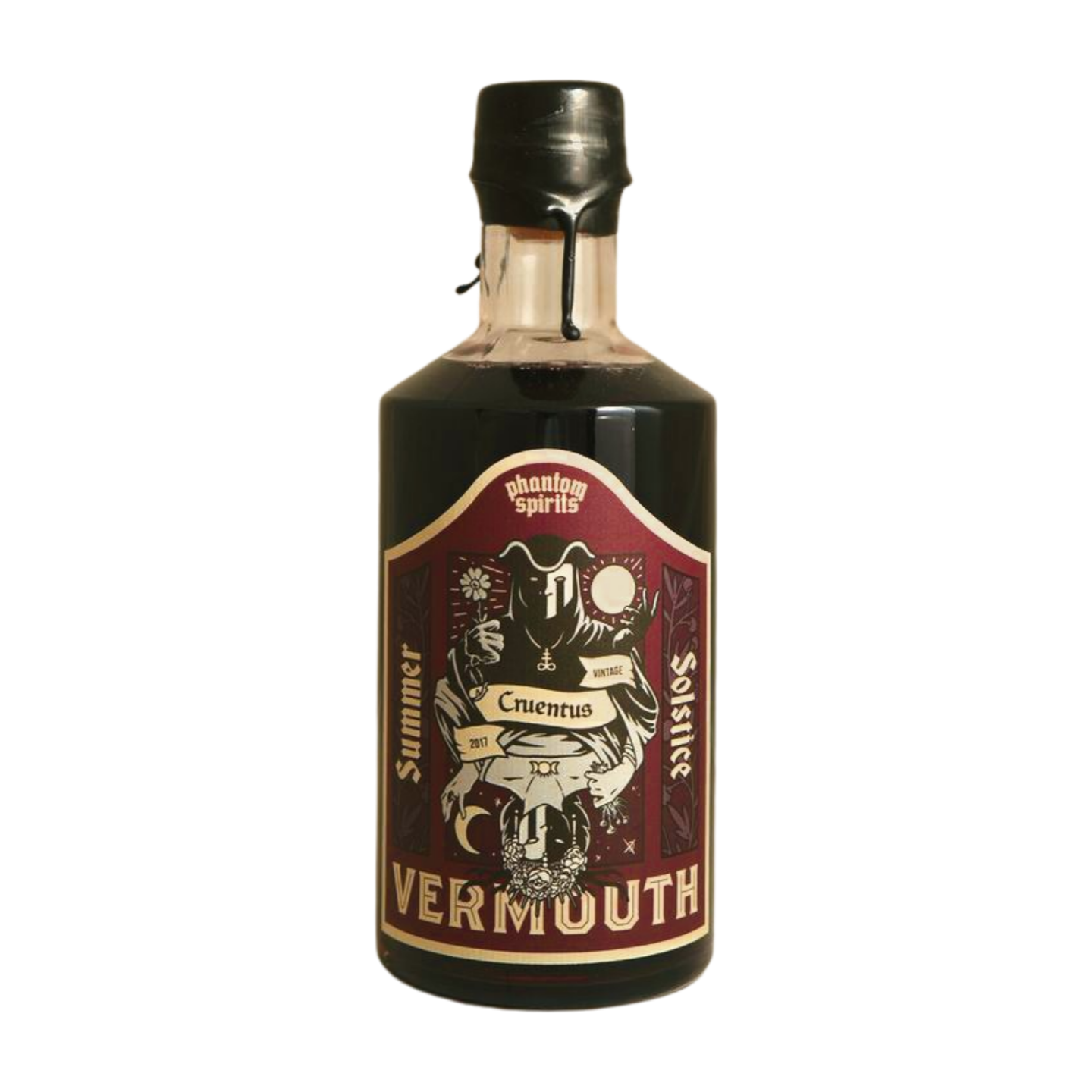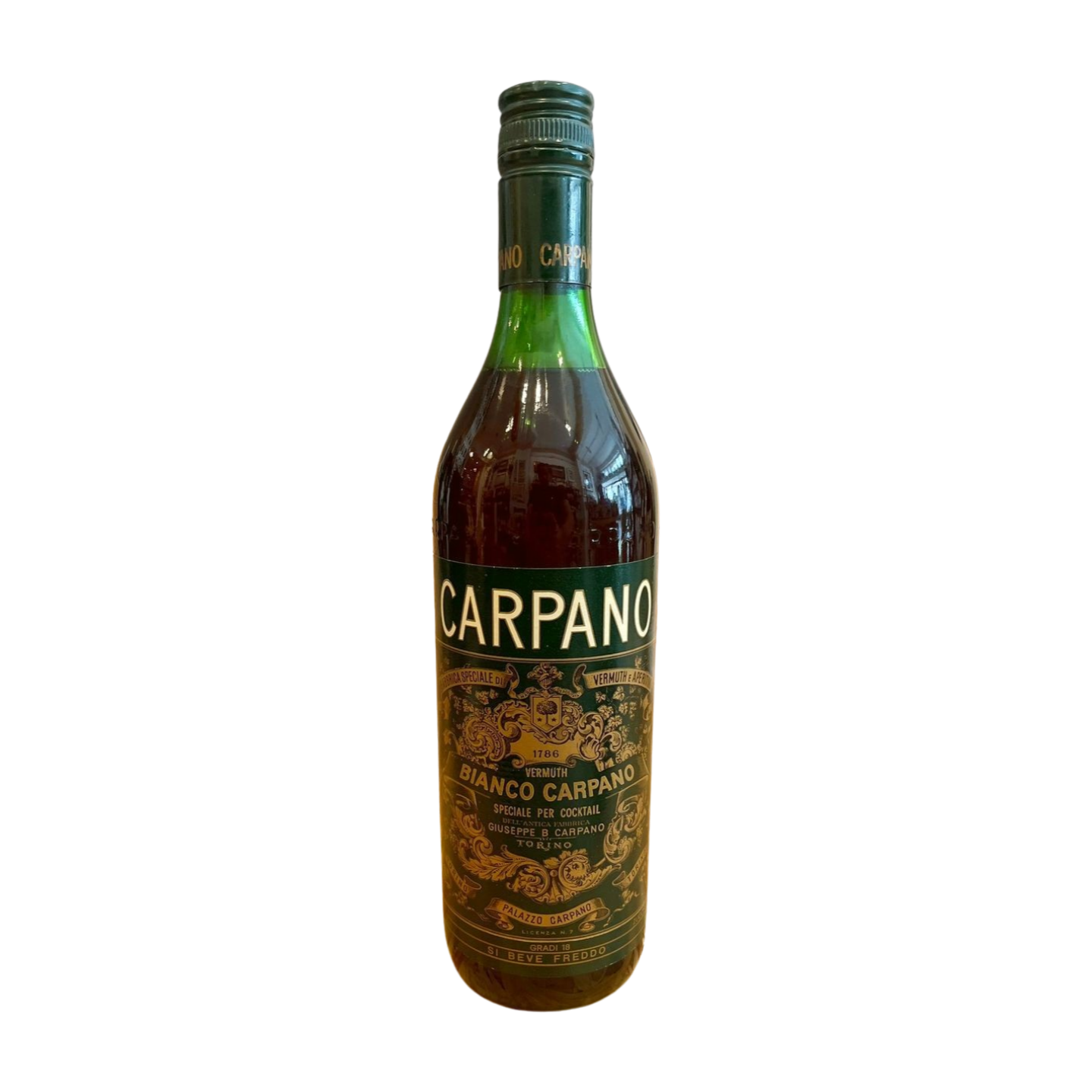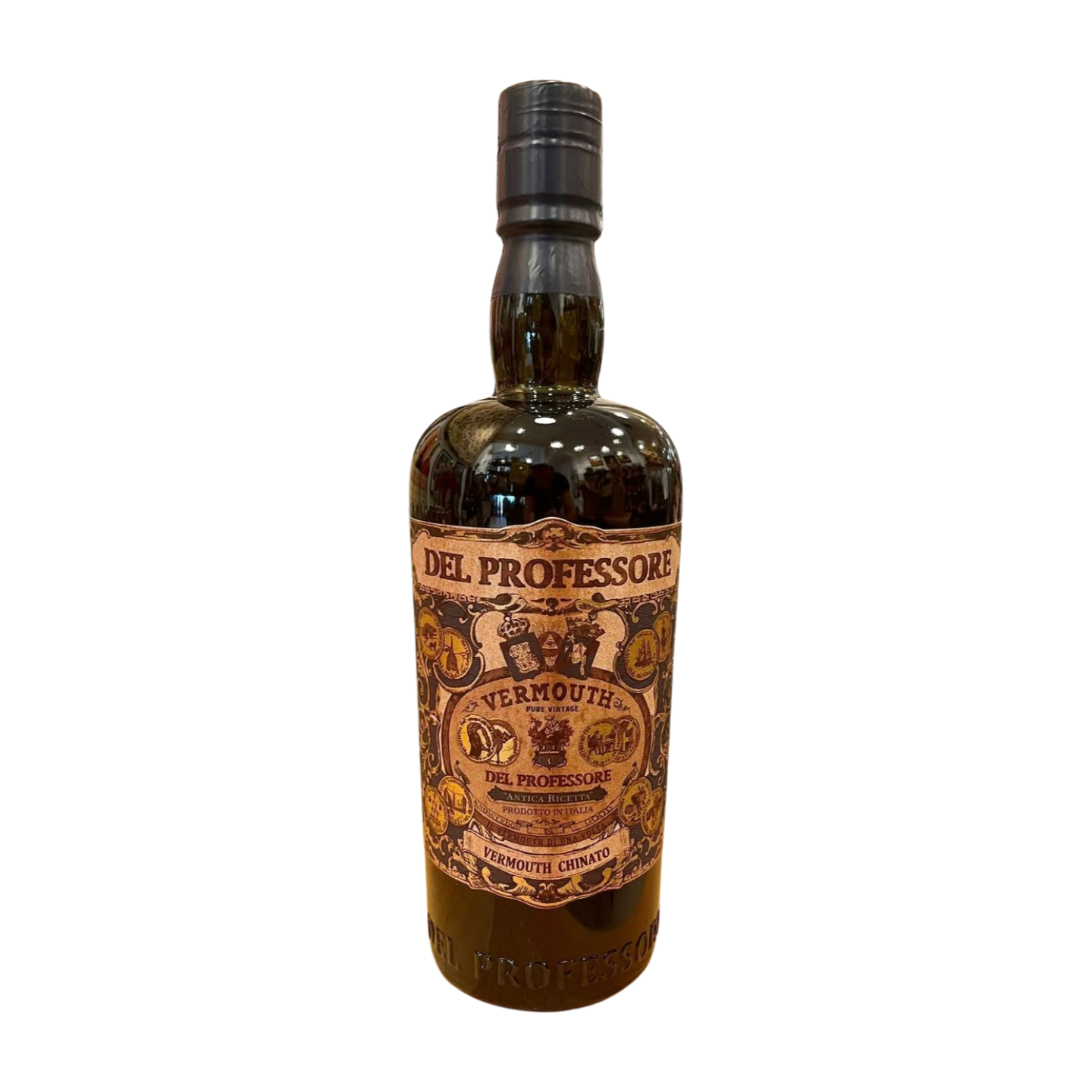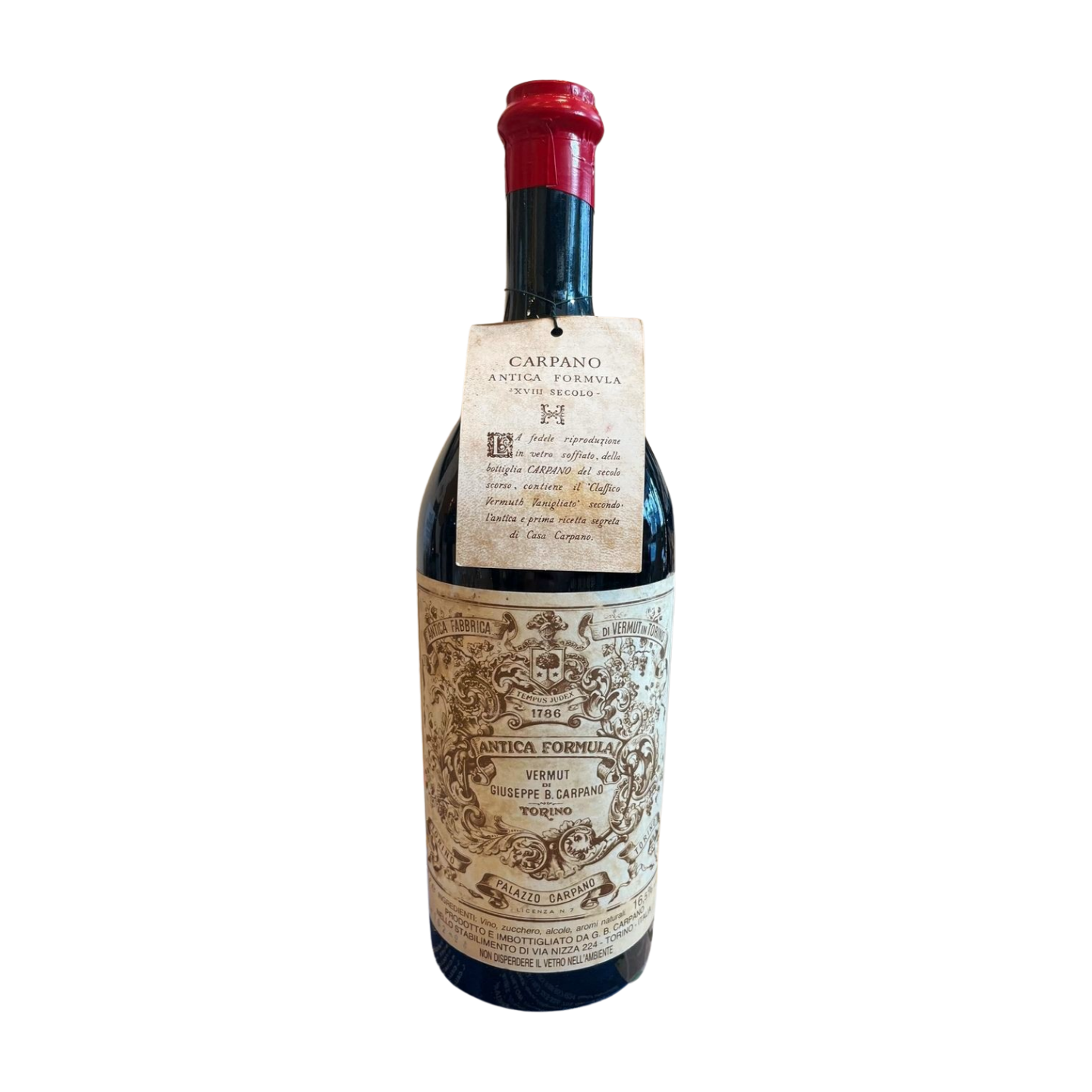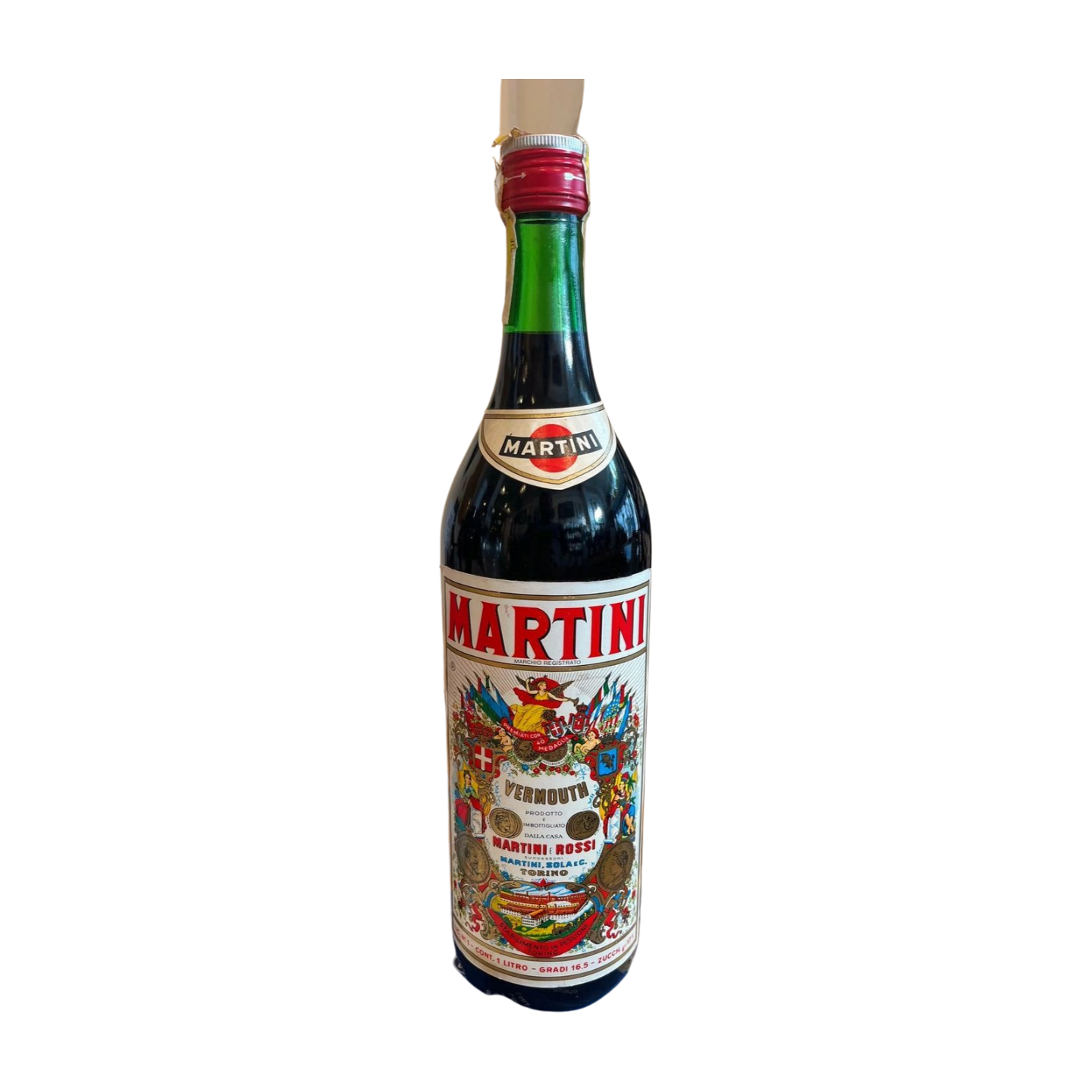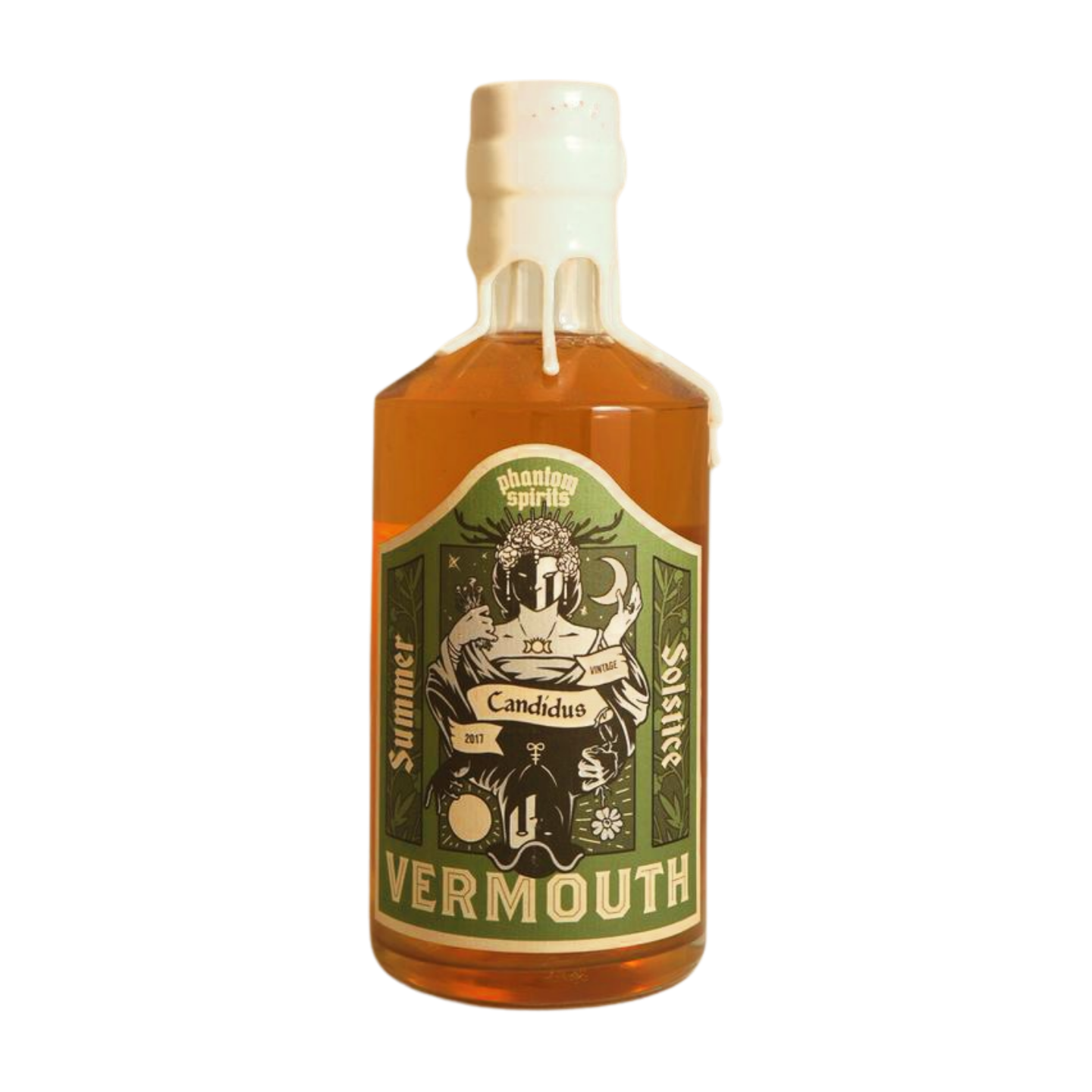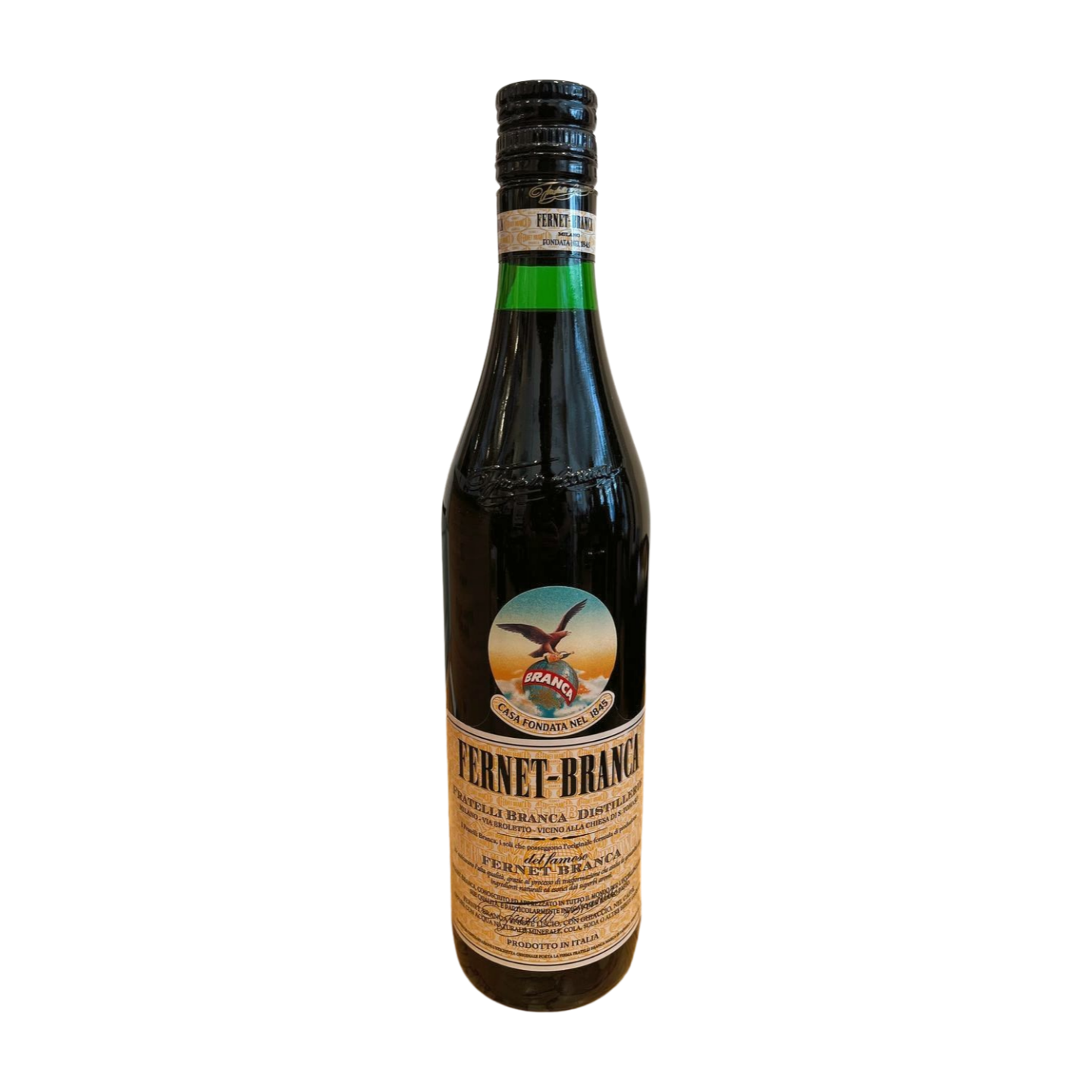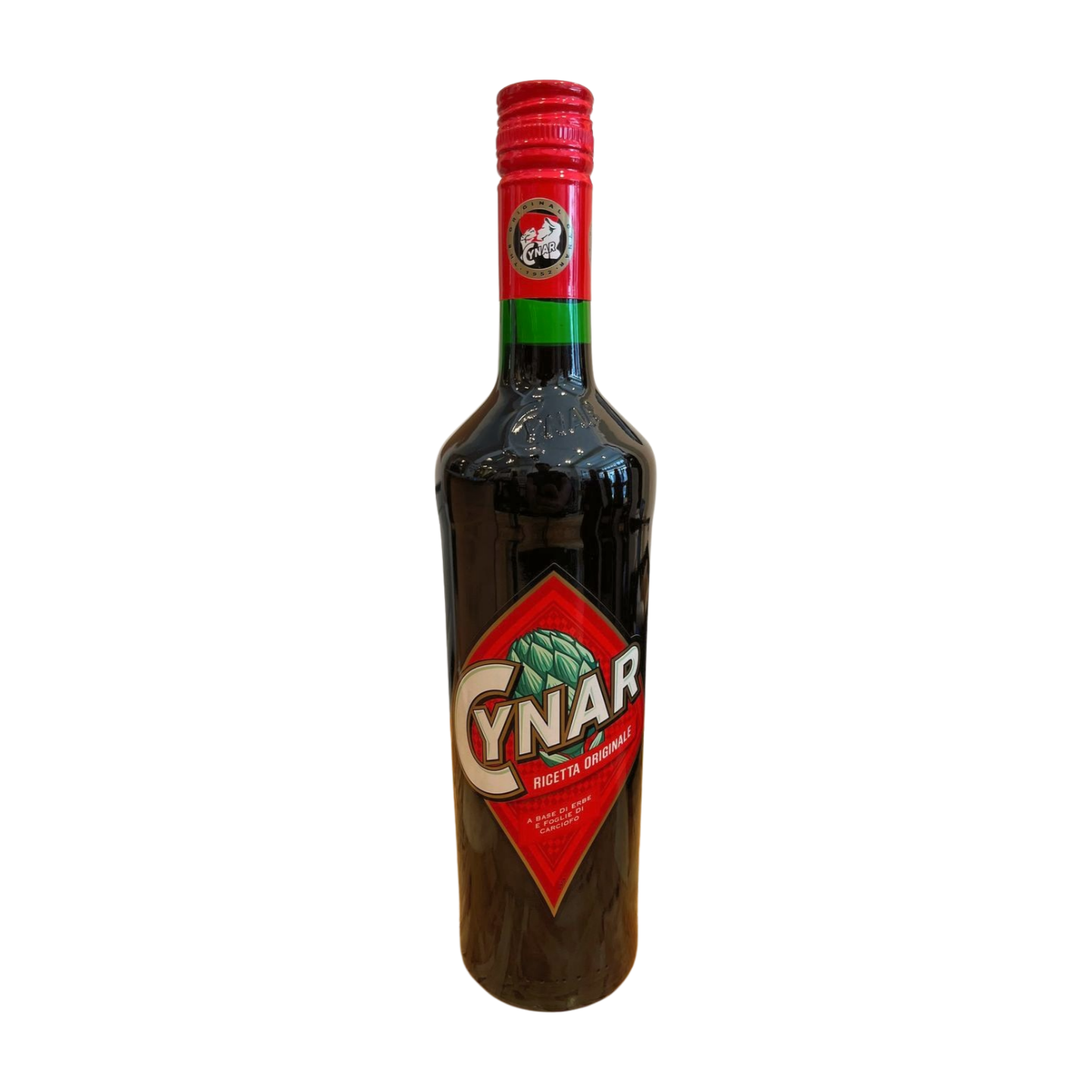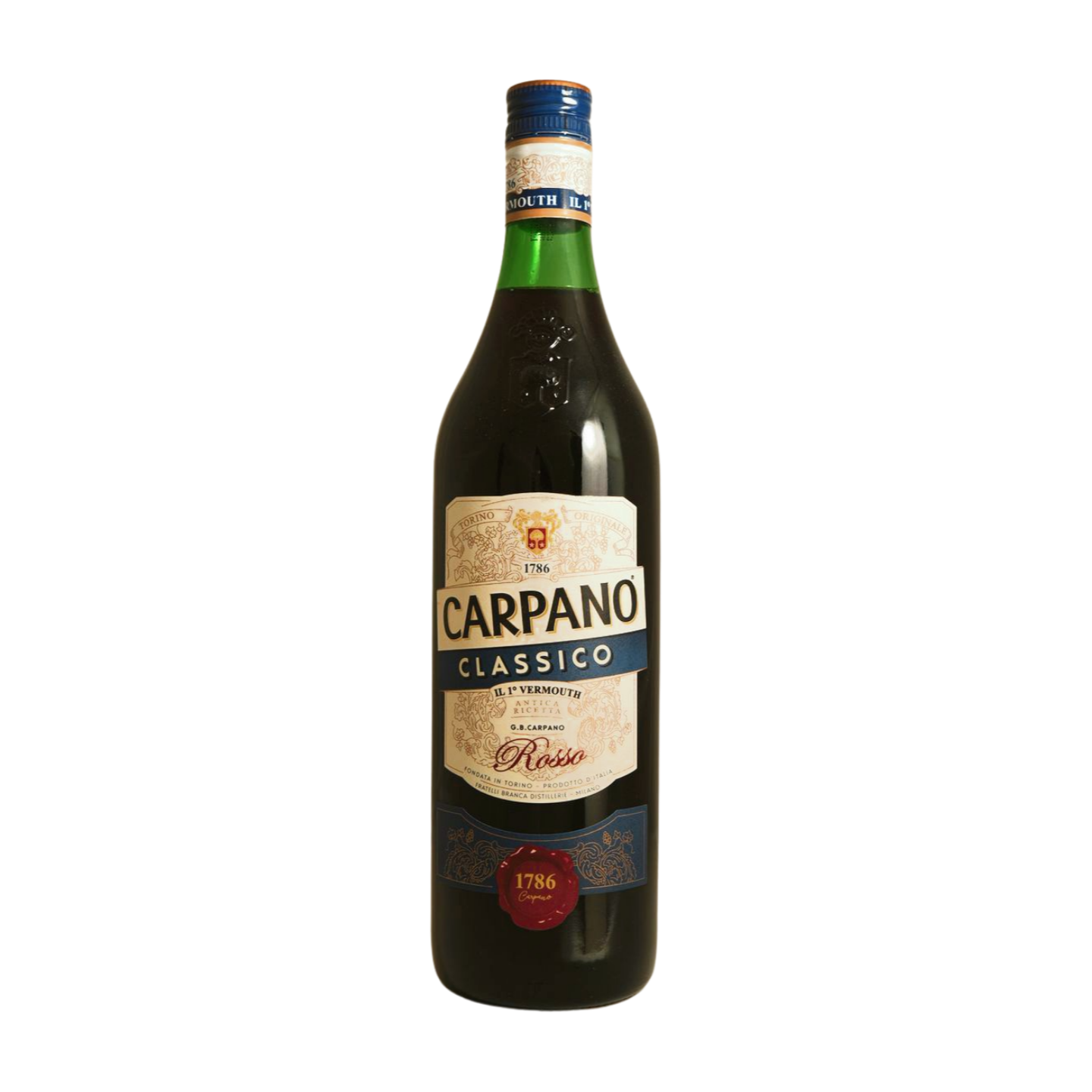Italian vermouth
Italian vermouth is a distinguished category of fortified wine that originated in the 18th century in Turin, Italy. Its production is deeply rooted in the country's rich viticulture, utilizing a variety of indigenous grape varieties. The base wine is typically made from neutral grape wine or unfermented must, which is then fortified with additional alcohol and infused with a proprietary blend of botanicals, including herbs, spices, and roots. The unique terroir of Italian vineyards, particularly those in regions like Piedmont, contributes to the complexity and character of the vermouth, making it distinct from styles produced elsewhere.
Notable producers of Italian vermouth include historic brands such as Martini & Rossi, Cinzano, and Carpano. Martini & Rossi, established in 1863, is particularly renowned for its Rosso vermouth, which is characterized by its rich, sweet profile. Cinzano, which began production in 1757, offers a variety of styles, including sweet and dry vermouths. The Carpano family is credited with creating some of the most iconic vermouths, including Punt e Mes and Antica Formula, the latter known for its robust flavor and higher bitterness. Other significant producers include Cocchi, founded in 1891, and Contratto, which has been producing vermouth since 1920, both of which emphasize traditional methods and quality ingredients.
Italian vermouth is distinguished by its diverse range of styles, including sweet (rosso), dry, and bianco varieties, each with unique flavor profiles. Sweet vermouths tend to be richer and more aromatic, while dry vermouths are crisp and refreshing. The use of botanicals is particularly notable in Italian vermouth, with recipes often incorporating up to 30 different ingredients, such as wormwood, orange peel, and gentian root, which contribute to its complex flavor. Additionally, Italian vermouth is often subject to strict regulations, such as those governing Vermouth di Torino, which ensures adherence to traditional production methods and quality standards. This commitment to craftsmanship and the unique characteristics of Italian viticulture set Italian vermouth apart from other styles produced globally.
Filters
Portuguese wine
Frequently asked questions
The entire country of Portugal is divided into 14 different wine regions, including in the Azores and Madeira islands. Some of Portugal's most famous winemaking regions include the Douro Valley (known for Port) and Vinho Verde (known for its light, refreshing white wines).
Portugal is becoming more well known for its orange wines, talha wines (traditionally made in clay pots), and palhete (made by blending red and white grapes together).
Portugal is best known for its fortified wine, called Port wine. It is produced in the Douro Valley, which is a UNESCO World Heritage Site and recognized as the world's first demarcated wine region, established in 1756.
Vinho Verde in northern Portugal is another popular winemaking region characterized by rolling hills and lush landscapes. It's known around the world for low-alcohol, refreshing white wines, although the region traditionally focused more on red wines made with the fruit-forward vinhão grape.
The Portuguese island of Madeira, with its subtropical climate, is renowned for its fortified wines. Winemaking here dates back to the 15th century, when Portuguese
explorers brought grape varieties from around the world.
Our sustainable, natural wine shop is located in the Marquês neighborhood in Porto, Portugal. We also ship to countries around the world, including within Europe, the United States, Canada, Australia, China, and more. Review our Shipping Policy to learn more.
In recent years, there has been a notable shift toward sustainable viticulture and the production of natural wine in Portugal. Many winemakers are implementing organic farming practices and embracing biodiversity to maintain soil health and reduce chemical inputs. This commitment to sustainability is not only beneficial for the environment but also enhances the quality of the wines, allowing the unique characteristics of the terroir to shine through. For example, some winemakers are now utilizing ancient terracotta amphorae for fermentation (called talha in Portuguese). This method preserves regional cultural heritage, enhances the wine's character, and aligns with sustainable practices by reducing reliance on modern materials.

